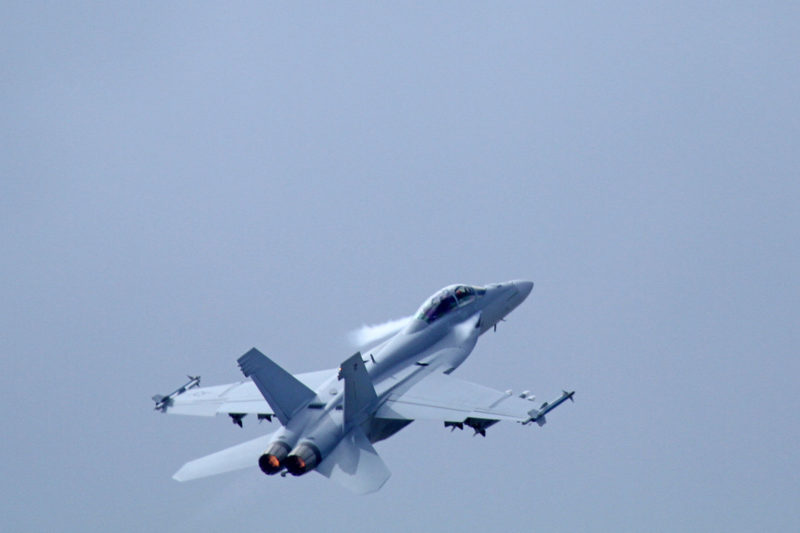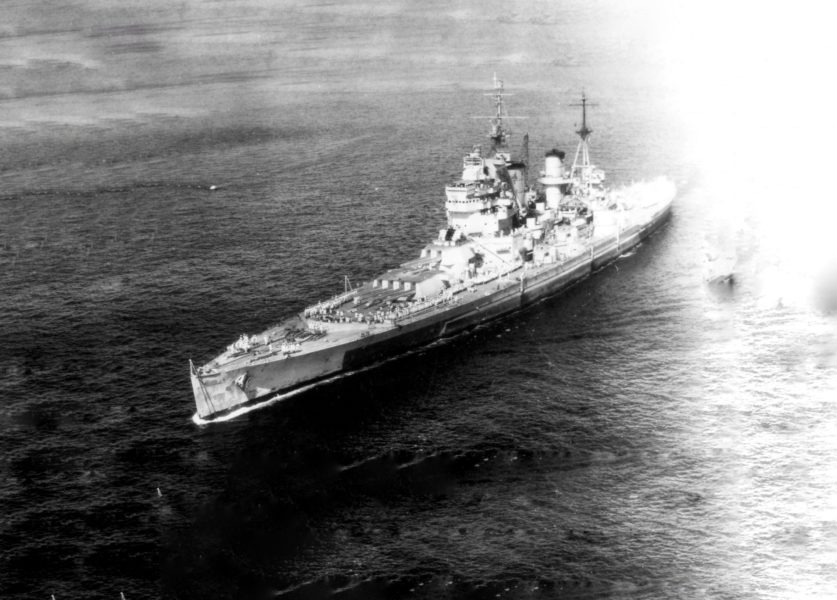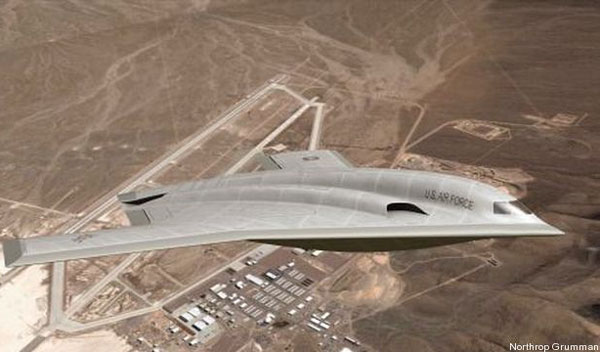The F-35 Fighter Jets are too expensive. This is one area of agreement in the contentious debate surrounding Canada’s continued participation in the F-35 program and possible purchase of the planes in replacing the aging CF-18s. This has been acknowledged by the plane’s contractor Lockheed Martin, who is now aiming to bring down 60% of costs in efforts to keep dissuaded program partners from lowering their orders – or even leaving the program completely.
While the Liberal government campaigned against purchasing the F-35s in the 2015 Federal election, barring the qualified F-35 from bidding in an open competition would subject the government to legal action by Lockheed Martin, according to Canadian procurement and administration laws. Therefore, the current government recently announced an open, fair and transparent competition for replacing the CF-18s, while exploring the purchase of 18 Boeing Super Hornet Fighter Jets for the interim.
Under an open competition, the competitive F-35s may well win, depending on how contract requirements are stipulated. Furthermore, under a new competition, the Canadian government has a chance to renegotiate terms of the procurement, which may see greater benefits to the Canadian economy while also best meeting NATO military capability standards.
NATO Compatibilities
Ideally, the axquisition of the F-35 Fighter Jets in Canada would enhance the coordination of NATO and NORAD, The Royal Canadian Air Force (RCAF) would possess a stealth fleet with full interoperability with the U.S Air Force (USAF) as well as with a majority of North American allies – assuming all participants fulfill their orders.
While a common standard of defence capability would allow North American security to continue its competitive edge, the possibility of a mixed fleet may present a closer reality as governments continue to justify the costs of the procurement to their electorates. Canada is currently looking into purchasing interim Super Hornet Fighter Jets, while it holds an open competition, one that may take more than five years to conclude. Moreover, possibilities of a mixed fleet among allies may not necessarily detract from continued interoperability, as effective communication and training among allies with differing assets may be sufficient for certain military environments.
“Cost is out of control”: Will the F-35 become cheaper?
According to the U.S president-elect’s tweet on Monday, doubts have compounded surrounding the Pentagon’s fulfillment of its original order to purchase 2,457 jets. Failing order fulfillment among program participants would drive the cost of each plane up as economies of scales shrink. In the current situation, governments participating in the F-35 program have less incentive to commit fully to their original orders as fiscal stagnation and political pressures further drive this uncertainty.
Addressing concerns about affordability, Lockheed Martin has worked to lower costs to US$85 million by 2019. Indeed, prices for the F-35 have stabilized since its initial overrun of costs in the earlier phases of production. However, the delay in addressing politically unpopular military decisions concerning the F-35 purchases among program partners will continue to drive up costs as production is drawn out further.
Technological and industrial benefits?
The F-35 is currently the most advanced stealth fighter program in the world. Canadian suppliers have engaged in contract work worth approximately US $1 billion by the end of 2016. However, since the F-35 Fighter program is being developed by a consortium of nine-allied countries, traditional measures in which Canada ensures benefits are exchanged in large industrial contracts through industrial policy are banned under the F-35 program because each country will benefit from every plane sold, not just the one sold in its own country.
Having a new competition may provide an avenue in which Canadian suppliers can renegotiate terms of contract to have a greater economic benefit to Canada – even if the planes are more expensive. Depending on how requirements are outlined, Lockheed’s F-35 Fighters may win the contract, but would be subject to Canada’s Industrial and Technological Benefits (ITB) Policy. An open competition may provide a more flexible route to gaining access to quality knowledge transfers, a broadened defence industrial base if regional firms can be engaged, and continued economic impact for Canada through competitive exports.
The rise of new security threats have ushered a projected rise in global military spending despite stagnation in recent years. According to SIPRI’s 2016 military expenditure report, global spending has resumed an upward trend since its last uptick in 2011.
In five years time, The Canadian government will need to make a decision concerning the CF-18 replacements. Having an open competition where F-35s win may provide a closer scenario where Canada can acquire the right equipment, at the right price, at the right time. Must we only pick two?
Photo: Boeing F-18 Super Hornet 5 (2010) by Boeing F-18 Super Hornet 5 via Wikimedia Commons. Licensed under CC BY 2.0.
Disclaimer: Any views or opinions expressed in articles are solely those of the authors and do not necessarily represent the views of the NATO Association of Canada.




